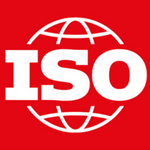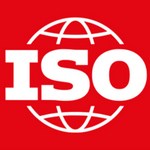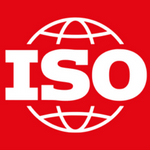Information technology -- Cloud service metering and billing elements
As the adoption of cloud computing expands and the market grows, cloud service providers (CSPs) offer many different solutions of cloud services that can be classified as infrastructure, platform and application capabilities. Inevitably, CSPs, in designing solutions to meet the functionalities of cloud service customers (CSCs), put together diverse metering elements and billing modes that complement the cloud services offered to cloud service customers (CSCs). It is challenging for CSCs to determine the differences of many diverse metering elements and billing modes from various CSPs as they navigate their journey to adopt cloud computing.
Measured service is one of the key characteristics of cloud computing (ISO/IEC 17788). The feature is that a CSC may only be charged for the resources used. To this end, it is necessary that usage can be monitored, controlled, reported, and billed for delivered cloud service. Metering elements can be given and classified according to its cloud capabilities type. Reasonable and scientific metering and billing results can be easily achieved if common operation practices apply.
The purpose of this TR is to provide basic clarity and guidance through a sample set of cloud service metering elements and billing elements for different cloud service capability types, including a discussion on billing function component and metering which is one of four main parts of billing function component. Such a sample set of metering and billing elements can help CSP better describe its billing and metering exercise, and can help CSC better understand the situation in order to make informed decisions.
The scope of this document is to describes a sample set of cloud service metering and billing elements.
Under development









